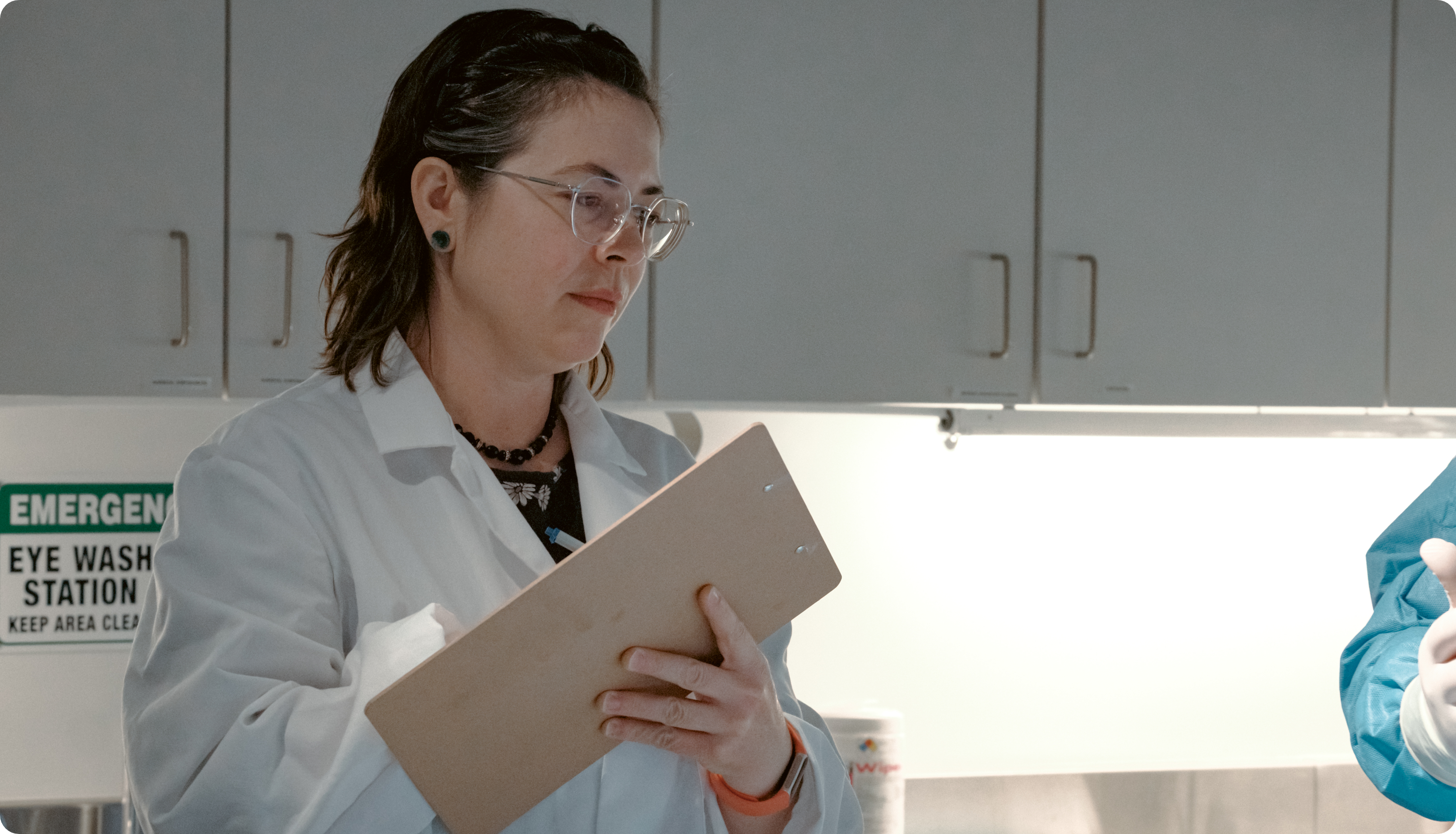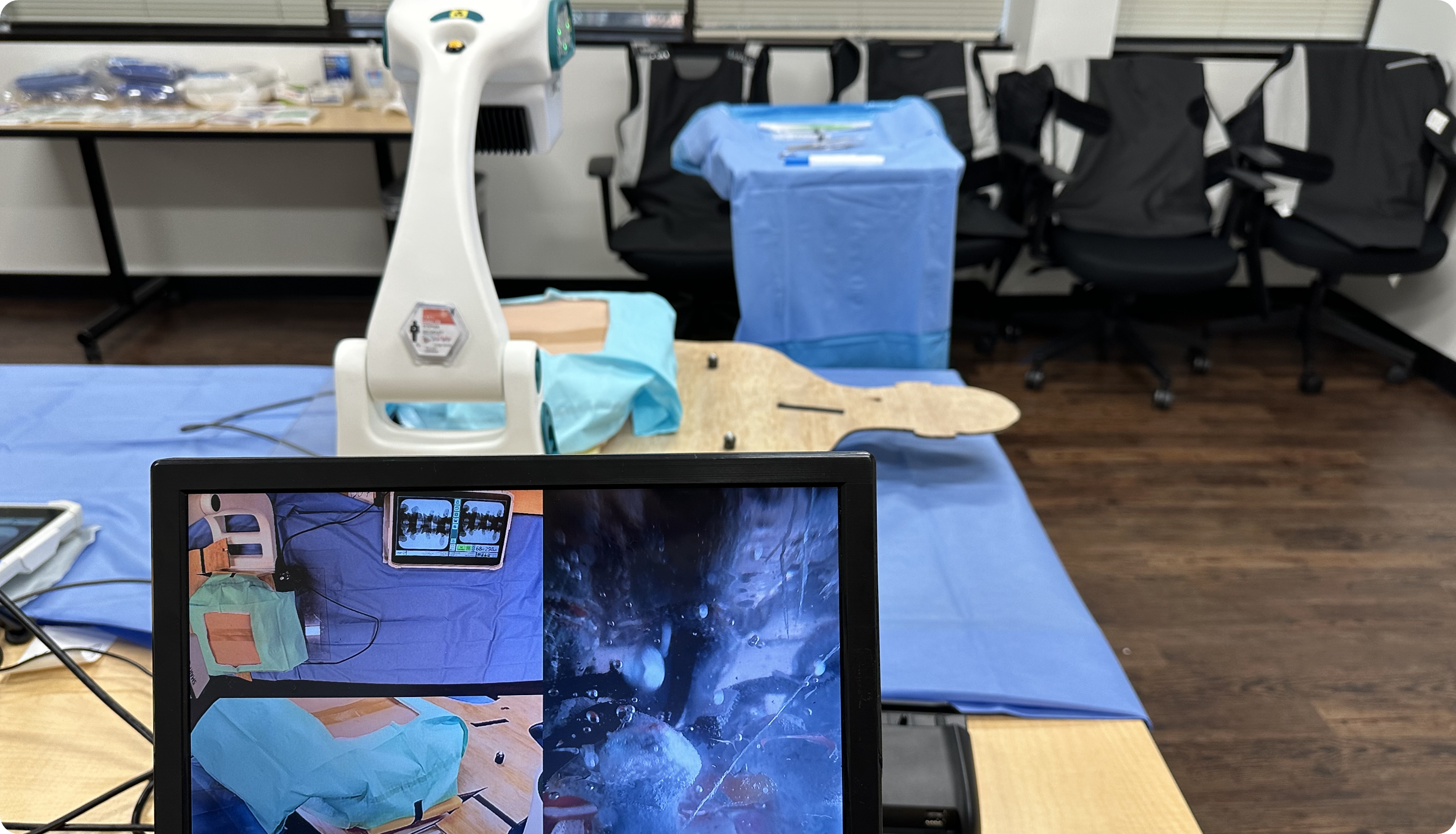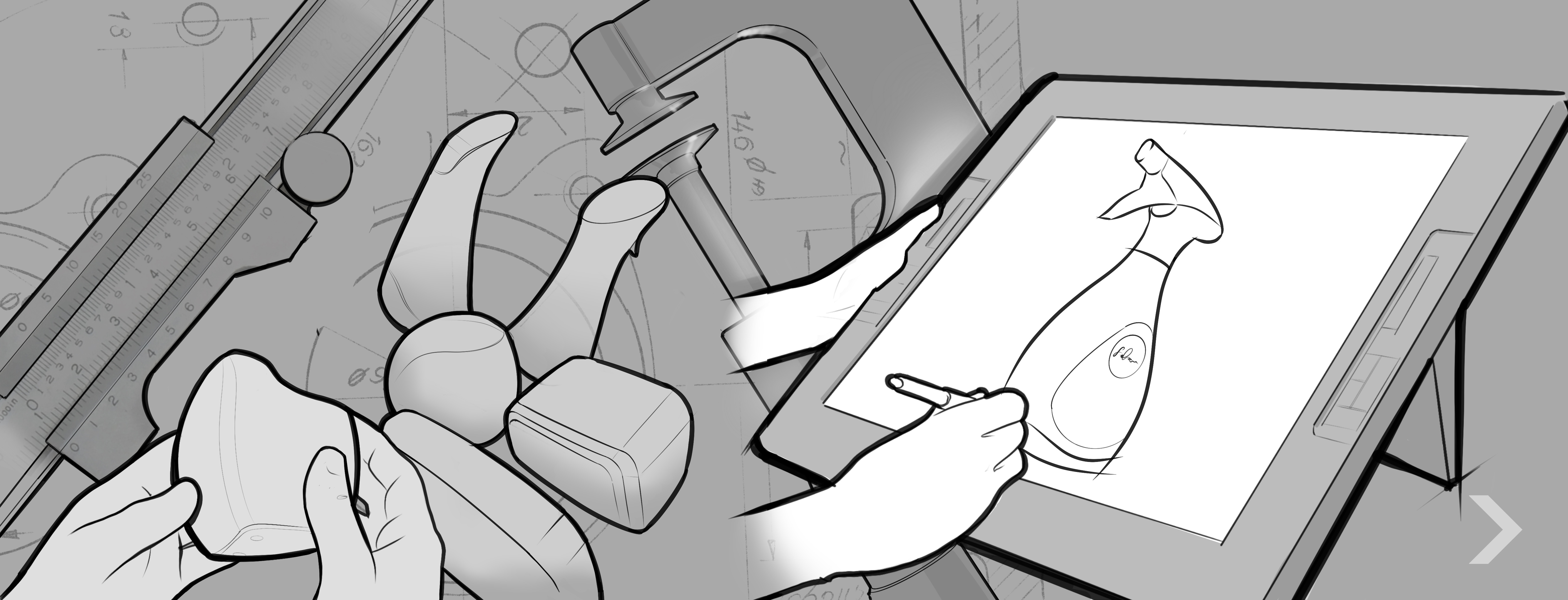
At Kaleidoscope, we often find that the biggest barriers to innovation aren’t a lack of ideas or supporting information, but a lack of shared understanding. Mapping helps us transform complex processes and research data into clear directions for design.
A cornerstone of human-centered design is deeply understanding the people you’re designing for and the context in which your solutions will live. Mapping is one of the foundational methods our design researchers use to analyze and visualize the systems, processes, and experiences that shape design outcomes.
 BENEFITS OF MAPPING
BENEFITS OF MAPPING
For product development efforts of all sizes and budgets, dedicating time to mapping early in the process pays dividends throughout the project.
In the early stages – when a team is defining and framing the problem – visual maps serve as alignment tools, establishing a shared understanding of the current state. This is especially valuable for multidisciplinary teams, where each member brings unique expertise and often differing ideas about what users experience today and what an ideal future should look like.
Once research is conducted with users and other stakeholders, maps serve as a framework for visualizing research data and formulating actionable insights. They help teams convey large amounts of sometimes complex information both clearly and concisely.
Many teams believe they have a solid understanding of users’ needs and workflows. But when research findings are laid out visually, misconceptions, assumptions, and knowledge gaps often reveal themselves.
Finally, as a pivot point between research and ideation, mapping is a catalyst for uncovering opportunities and ultimately conceptualizing and visualizing new solutions and strategies.
MAPPING TECHNIQUES
At Kaleidoscope, we rely most often on three mapping techniques. Distinguishing between each isn’t critical; techniques can overlap or evolve depending on context. What matters is selecting the approach that best fits the project: the number of actors involved, the type of process, and how the map will ultimately be used.
- Process Mapping visualizes a workflow that typically involves several people or entities. It highlights interconnected systems and the handoffs between individuals or teams. Often, several smaller workflows are nested within a larger process. Examples include a company’s onboarding process, a hospital’s medication management process, or a clinical team’s workflow for triaging, treating, and discharging patients.
- Procedure Mapping is a more focused form of process mapping used to illustrate the workflow for a single event. At Kaleidoscope, this often means a medical procedure (e.g., a surgery or the use of a medical device), but non-medical examples include the check-in procedure at a hotel or the exact sequence a barista follows to prepare a drink.
- Journey or Experience Mapping captures a user’s experience from their perspective. This could be a single event (like a shopping trip) or a longer arc (such as a product experience from initial interest through adoption and ongoing use).
DESIGNING THE MAP TO FIT THE NEED
Regardless of the type, these maps all communicate what actually happens, as revealed through primary research—whether direct observation, in-depth interviews, or both. Even before formal data collection begins, defining the tasks or steps along the map’s x-axis provides a framework for systematic data gathering. Collaborating on this early version with the project team is valuable not only for orienting researchers to the problem space but also for surfacing assumptions and gaps in knowledge.
Once a draft sequence is defined, the map’s y-axis structure is shaped by its intended purpose. If the goal is to understand how various actors work together to achieve a common outcome, representing each individual’s actions in parallel makes sense. If the objective is to compare multiple users or events to identify differences in behavior or duration, separating by instance or user is more appropriate.
There are numerous possibilities – and often, layering multiple perspectives reveals deeper meaning and greater insight.

THE IMPACT OF MAPPING
When thoughtfully constructed, maps become enduring tools, not only for communicating research findings but for supporting UX and product development teams throughout the design cycle. Our team has used maps in the following ways, just to name a few:
- Procedure maps focused on surgical instrument usage sequencing and duration helped inform user needs, product requirements, training materials, and instructions for use (IFUs)
- Process maps highlighting gaps and pain points in the process of teaching optometry patients to use contact lenses informed prioritization of R&D and marketing workstreams across service, physical, and digital solutions
- Journey maps of competitive shopping experiences helped our client define opportunities for differentiation and competitive advantage
Ultimately, mapping strengthens alignment, sharpens insight, and creates a foundation for more informed and intentional design.
Let's map out your next project, together.
Back to Insights + News






















